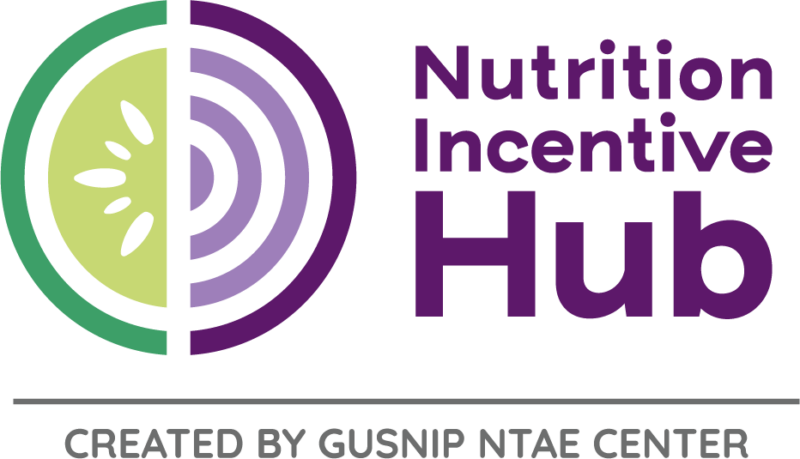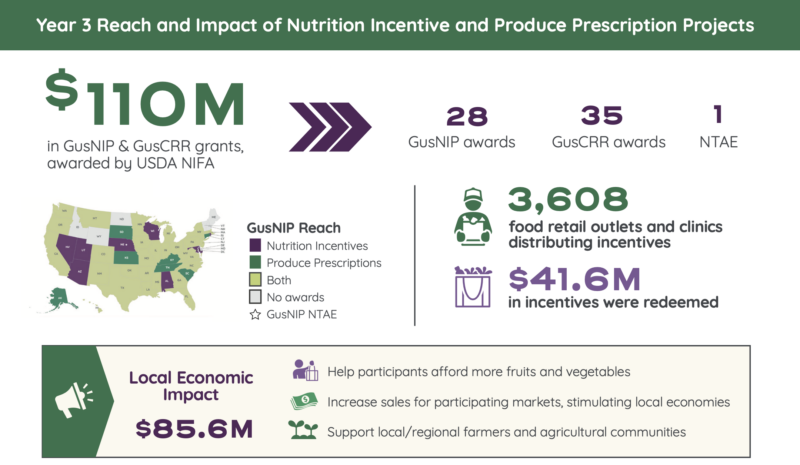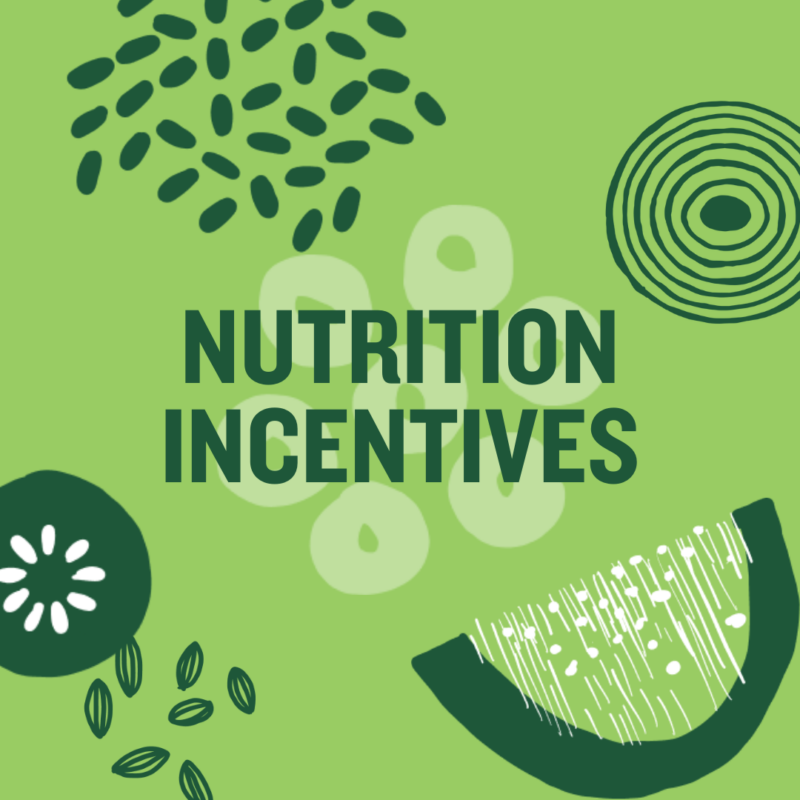NTAE Nutrition Incentive Hub National Convening 2023: Advancing Nutrition Incentives & Produce Prescriptions
In June 2023, the GusNIP National Technical Assistance and Evaluation Center’s (NTAE) Nutrition Incentive Hub hosted its first-ever hybrid national convening in Arlington, VA. This is the fourth year for the National Convening and the first time it was held both virtually and in person. The event brought together more than 100 speakers and 636 attendees, with representation from 47 states and territories. The combination of virtual and in-person participation allowed for widespread engagement, fostering essential connections between Gus Schumacher Nutrition Incentive Program (GusNIP) practitioners and partners and promoting opportunities for stakeholders to come together and discuss their common mission of making fruits and vegetables more accessible to all.
Leveraging our experience and lessons learned from building and scaling programs like Double Up Food Bucks, Fair Food Network leads technical assistance and innovation for the Nutrition Incentive Hub, a USDA-supported center launched in partnership with Gretchen Swanson Center for Nutrition. The Nutrition Incentive Hub strengthens nutrition incentive and produce prescription projects across the country.
The Nutrition Incentive Hub was launched in 2019 to provide training, technical assistance, reporting, and evaluation support to strengthen GusNIP-funded nutrition incentive and produce prescription projects as they work to increase the purchase of fruits and vegetables by project participants.
Led by the Gretchen Swanson Center for Nutrition in partnership with Fair Food Network and a coalition of partners, the Nutrition Incentive Hub is funded by the USDA National Institute of Food and Agriculture.
Let’s dive into the highlights and key takeaways from this year’s event.
Nutrition Incentive Hub’s Year 3 Impact Findings
One of the key highlights of the convening was a live deep dive into the Year 3 GusNIP Impact Findings. For the second consecutive year, findings show that those who participate in nutrition incentive programs eat more fruits and vegetables than the average American. And individuals’ food security showed significant improvement through participation in these programs.
Findings also show a tenfold increase in the dollar value of nutrition incentives distributed and the number of redemption sites available since Year 1. For more, view the executive summary with topline results.


Nutrition Incentive Champions
The audience heard from influential champions at the convening, including Michigan Senator and keynote speaker Debbie Stabenow, a long-time advocate for GusNIP and nutrition incentive programs. Stabenow shared her support for those in attendance: “You should feel really good about the impact that you’re making on people’s lives. And we’re just going to keep working together and keep moving forward to do more and more and more.”
With 2023 farm bill negotiations underway, Congress is soon expected to pass a package of legislation that has a significant impact on farming livelihoods, how food is grown, and what kinds of foods are available. Nearly 80% of the bill’s spending goes to the Supplemental Nutrition Assistance Program (SNAP, formerly known as food stamps), as well as programs like GusNIP that help combat food insecurity and access healthy food.
Senator Stabenow’s remarks were followed by reflections from USDA Deputy Under Secretary of Research, Education, and Economics Sanah Baig (USDA NIFA), Dr. Caree Cotwright (Director of Nutrition Security and Health Equity, USDA NIFA), and Dr. Diane Toombs (Associate Director for Programs, USDA NIFA). They provided insights on how GusNIP factors into the Secretary of Agriculture’s national strategies around nutrition security and equity.
On the second day of the conference, we welcomed representatives from the USDA for a panel discussion and interactive question-and-answer session with attendees about current and future GusNIP projects from the team that administers the program at the federal level. Speakers included Suzanne Stluka, Deputy Director, Food Safety and Nutrition, USDA NIFA; Pascale Jean, GusNIP National Program Leader, USDA NIFA; and representatives from the Food and Nutrition Service (FNS).
Data-Driven Focus
A data-driven approach was featured throughout the programming. Sessions like “Using Sales Data to Assess the Impact of Nutrition Incentive Grocery Program with Matching” and “Building Implementation Protocols for a Health-System-based Produce Prescription Program” underscored the importance of data in understanding the way programs are operating, identifying areas for improvement, and shaping successful initiatives. Gretchen Swanson Center for Nutrition’s presentation of the Year 3 results and the thought-provoking “Food As Medicine” panel also emphasized leveraging data to magnify collective impact and the lived realities of program participants. .
Diversity and Collaboration
The event included 100+ speakers and practitioners nationwide. Diverse perspectives from the fields of healthcare and government, program operators, program participants, and technology developers converged with a unanimous belief that fruits and vegetables should be an affordable and accessible choice for every individual.
Practitioners found the event a trove of actionable information and insights. From nuts-and-bolts discussions on program operations and management to a decision matrix tool session, attendees delved into practical aspects while also exploring the broader impact of GusNIP through the “Food Meets Medicine” and keynote speaker panels. Participants returned home with newfound knowledge, ready to apply it to their projects and initiatives. “I am with an organization in its first year of GusNIP funding, and this was such a great opportunity to connect and learn,” shared one attendee. “I’m so grateful to have had the opportunity to attend this in person.”
Looking Ahead
The NTAE Nutrition Incentive Hub 2023 National Convening fostered collaboration among stakeholders dedicated to promoting fruit and vegetable consumption among individuals and families with low income across the nation. With impactful Year 3 findings and a focus on data-driven practices, this event confirmed current progress and elevated tools and actionable next steps for nutrition incentive practitioners across the country. The next National Convening will take place in 2025.
To learn more, visit NutritionIncentiveHub.org and subscribe to their newsletter.
Want more good food stories?
See how our nutrition incentives work is providing fresh, locally grown food options for communities across the country.








